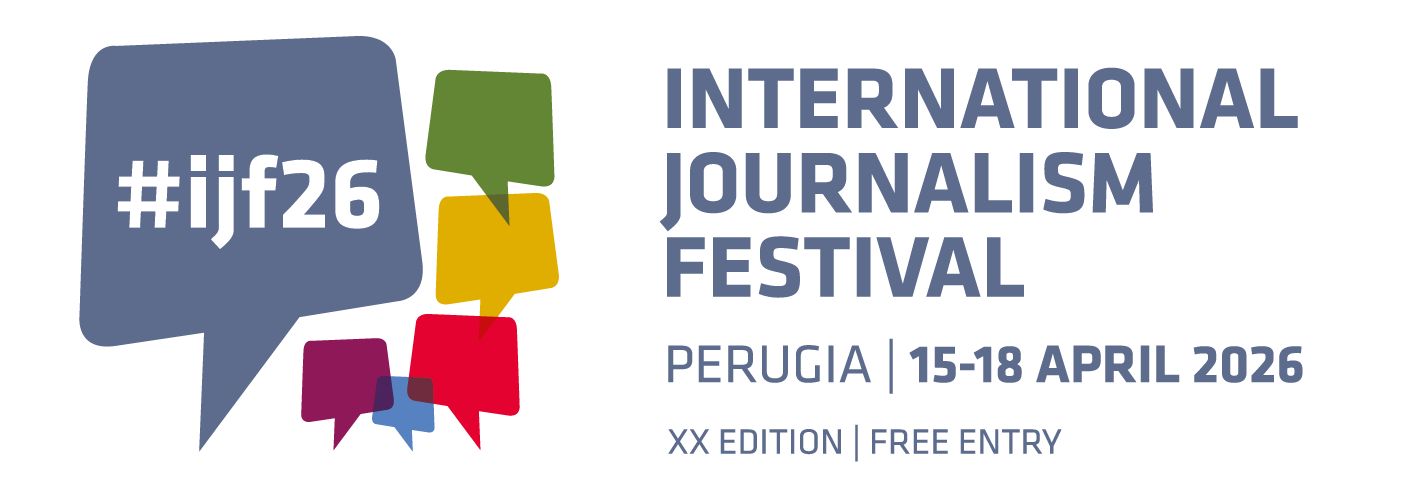Diane Kemp, Reshma Rumsey, Doug Mitchell, Lydia Lange, Ann Marie Valentine
Panel chair Diane Kemp welcomed a panel of experts who are working to tackle the lack of diversity in newsrooms. Speaking as deputy chair of the Broadcast Journalism Training Council, Kemp expressed hope at the fact that diversity is now an issues that can be openly discussed in the media industry. “We’ve been talking about it for years, but talking about it quietly. And actually, it’s a game-changer.”
The panel agreed that the media industry is still in many ways closed to large proportions of the global population. Representing the UK, the US and Germany, many of the speakers cited statistics highlighting that the majority of people consuming and working in their organisations were white, male, and often middle-upper class.
Reshma Rumsey represented ITV news from the UK as their social affairs producer. She explained how her team were actively working to change the mindsets and culture of a typical newsroom. To Rumsey, the best way to become more diverse is by “employing a diverse workforce – it seems so obvious.”
ITV are making efforts better represent their national audience by embedding diversity in their newsrooms and recruitment practices, and not just in their subject matter. Rumsey explained, “it’s not just about not having white faces on screen”, but that ITV were committed to creating a more diverse array of people in all aspects of reporting, including as contributors and experts.
Doug Mitchell, representing New Generation Radio for NPR, has taken a different approach to the same problem. New Generation Radio (NGR) is a week-long training project aimed at introducing young people to the media who might not otherwise consider a career in journalism. Out of the 57 people on the programme, 22 year were then employed, and 20 got paid internships in the media. Mitchell emphasised the importance of working on the ground, saying, “you have to meet people where you are. You have to physically go.” For NGR, this involves hitting the road with interns to go into schools and colleges and urge young people to apply to the NGR programme.
Ann Marie Valentine, speaking on behalf of the International Women’s Media Foundation (IWMF), and Lydia Lange, the Equal Opportunities Manages for Rundunk Berlin Brandenburg, spoke of their efforts to achieve gender equality within the media. Germany currently has a 21% pay gap between men and women in the media industry, and Lange emphasised the importance of policies, both for governments and organisations, which encourage men to take as much family leave as women.
Valentine agreed that amplifying the voices of 50% of the population, rather than excluding them, was integral to raising the quality of stories and reporting in the media. Quoting a study by the IWMF in 2011, Valentine said “73% of news executives worldwide were held by men, and two thirds of reporters were also men.” Not much has changed today, according to Valentine.
But the panel largely remained optimistic. Kemp emphasised that equality and diversity were being discussed in ways that were not possible in previous decades. Mitchell, citing changes within NPR, where the head of photography is an African man, and the heads of popular show ‘All Things Considered’ are African-American women for the first time, said that he felt “relentlessly positive”.
But Lange emphasised that progress is occurring at ‘a snail’s pace’, and that everyone, from all different backgrounds, needs to actively work towards equality at all levels of the media to achieve the task of representing the public and their stories.
—
Olivia KONOTEY-AHULU

